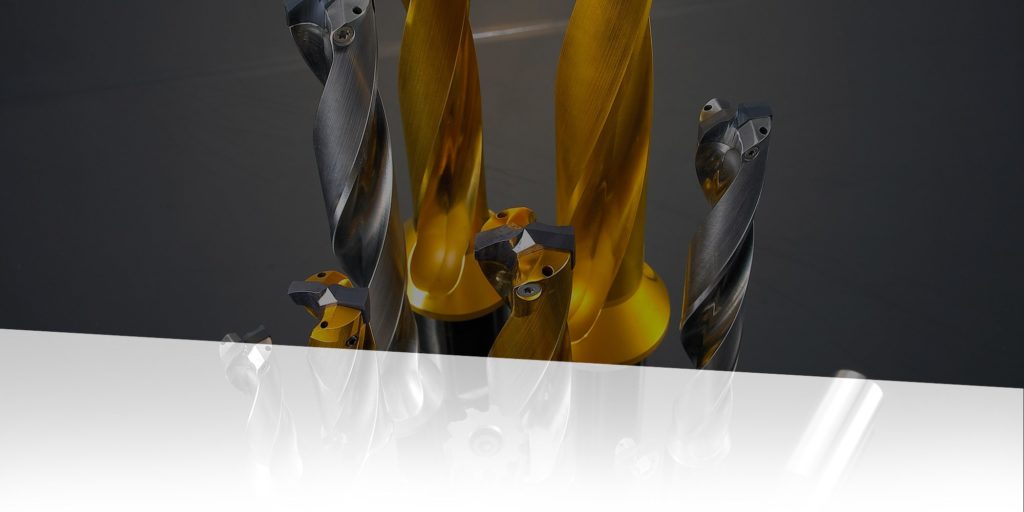What does SFM stand for?
In terms of CNC operations, the acronym SFM stands for Surface Feet per Minute. But what does that mean? Well, it’s how quickly a cutting tool moves across the surface of a workpiece during a CNC machining operation cycle. For machinists, it’s an easily understood common denominator for describing tool head speed. Coming up with the proper settings for machining will depend upon getting a handle on several different pieces of the puzzle. Calculating the speed that the cutting die travels affect many other aspects of CNC machine operations.
Feet or Millimeters?
The term “SFM” is commonly used in the United States but not in many other locations around the world. It is a term that is relative in any location, but as CNC machining first developed in America in the 1950s, the term has stuck around. In other countries, surface millimeters/minute, or Smm/minute, is the standard. To convert from feet to millimeters use the following calculation:
Surface Feet / Minute x 0.3048 = Surface MM / Minute
CNC tools affect SFM
Figuring out the right SFM for a tool to work is the result of deciding how fast the tool can do its job. Once that speed is calculated, then the linear travel or movement of the cutting head across the workpiece surface can be decided. A cutting die that travels too fast will cause damage to both the workpiece and the tool. One that moves too slowly will decrease productivity which increases costs.
Calculating CNC tool cutting speed
The first math to do is to decide what the cutting speed of the tool (or spindle) will be. Four numbers go into the formula to determine cutting head speed:
n (RPM) – Spindle speed
D (Inches) – Cutter diameter (Milling) or Workpiece diameter (Turning)
Pi – 3.14159
The number 12 – Inches in one foot
Vc (SMF) – Cutting head speed
Cutting head speed = (Spindle speed x Pi x Cutter diameter or Vc = (n x 3.14159 x D) / 12
Complexity
Once the cutting head or spindle speed has been decided on, it’s time to program the speed into the operating protocol and get to work. Right? The best answer to that question is “Maybe”.
It all depends upon the workpiece material being machined. Setting the spindle or tool speed to cut through plastic would be vastly different from setting the speed for the same tool to cut steel or wood. This is the part that takes some time and experience.
Understanding the workpiece material’s machinability along with a working knowledge of how the cutting tool will perform is critical. So is an awareness of what the CNC machine’s operating condition is concerning CNC maintenance and serviceability. Only after all these factors are dialed into the calculation can a proper speed be set.


